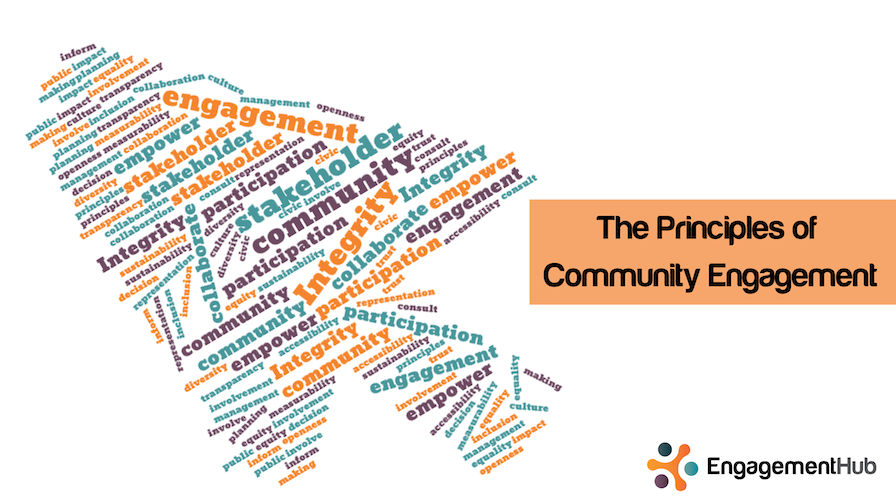In this quick guide to stakeholder analysis, you will learn how to maximise your outcomes and reach through careful planning and strategic operations.
Stakeholders are essential for every organisation to help ensure that the initiatives of the company align with both the business goals and the people the business or organisation serves.
Stakeholders have a big say in all of this, hence it is important to understand the stakeholder analysis process and make sure you are clearly identifying stakeholders and meeting the stakeholders’ goals.
Stakeholder analysis is all about profiling, communication and strategy. The stakeholder must be able to understand where the project fits into the overall business goal and how it impacts or benefits them.
Let us go through some steps on how to perform stakeholder analysis.
Identifying a Stakeholder
Brainstorm the stakeholders that you have. To do this, list all of the people/groups who will be interested in the project/consultation or who have a vested interest in its success or failure. Some of these relationships may include investors, customers, employees, communities, government, or neighbours.
Identifying Impact of Each Group and How to Reach Them
Understand your key stakeholders and the impact and influence that they have. Also, see what information from your project is relevant to them and what is the best way to relay the information to them. For example, if they are a community member, then it may need to be in a more informal approach than if it was a Director/Elected Government Member who would need a more formal presentation or briefing.
Build up stakeholder segments to group activities for key messaging, communication channels and engagement methods.
Once you have identified the stakeholders’ impact and level of influence, you should also consider creating a project management communication and engagement matrix. This matrix is your blueprint on how best to communicate and engage with the various stakeholder groups.
Planning Engagement Activities
Some engagement activities include sharing stakeholder expectations. Share the feedback you have received from your earlier consultation processes and the journey to date. Also, open the floor for your stakeholders to discuss their opinions and their expectations for the engagement. Prior to the consultation, review the business case and have prepared FAQs.
Focus the discussion on the topic at hand as it can be very easy for them to veer off-topic. Have an agenda and stick to it
Your engagement activities will help you identify any difficult dynamics between stakeholders. Be wary of cultural misunderstandings and manage them as they arise.
Sometimes engagement can create tension. Mitigate this by preparing a calm, structured atmosphere so that people feel safe discussing controversial topics.
Always make sure you document these engagement activities. In order to measure success for future activities, your documentation will help with this and you can go through the methods used, the participants, and a summary of stakeholder concerns, expectations and perceptions.
How a stakeholder management system can help
Engagement Hub’s unique Stakeholder Relationship Management system, which is part of all our licenses, helps you bring together all stakeholder activity and communication in one safe and secure digital environment. To learn more, view our demo or book a free virtual demonstration directly here.
You may also like:
- Stakeholder Engagement: Some commonly asked questions
- How stakeholder engagement and management benefits organisations
- Stakeholder analysis: What is its purpose and the steps you need to take





